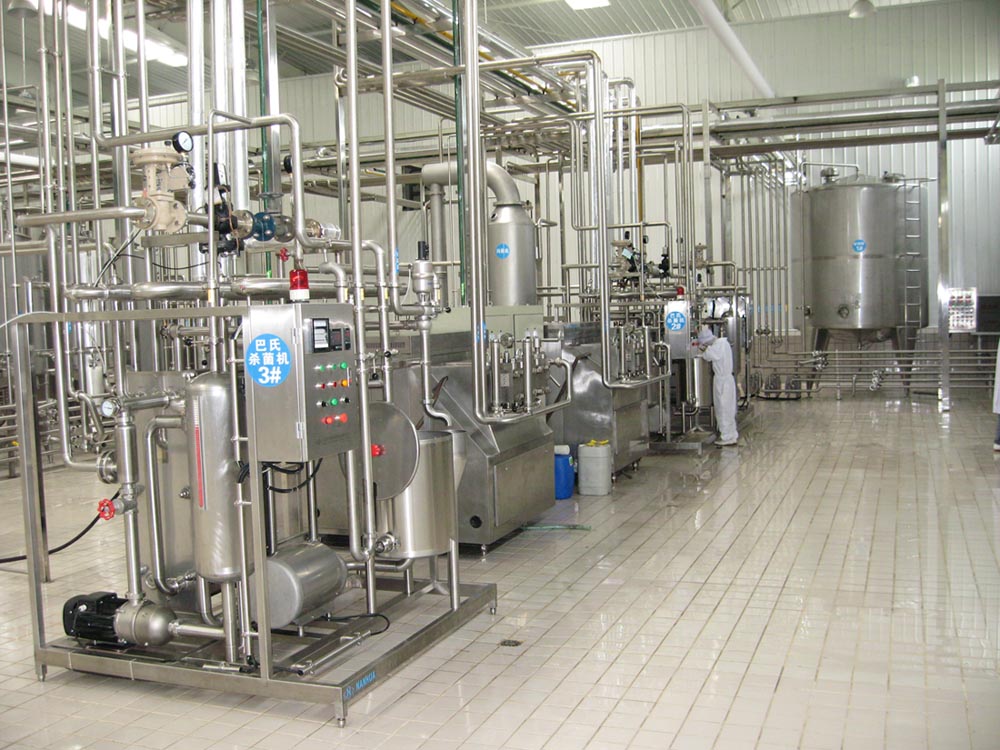We all know milk is a perishable commodity. So how does milk get from the cow to our refrigerator? The manufacturing process of milk is quite lengthy, but the invention of the process chiller has helped shorten the process quite a bit!
Dairy cows are usually milked twice a day. The raw milk is stored in steel tanks where it is then transferred to a cooling unit for a few hours after collecting.
The United States has several hundred thousand dairy farms, and several thousand milk processing plants. Some processing plants produce only fluid milk, while others also produce butter, cheese, yogurt, and more dairy products.
- Once the milk is cold enough it’s passed through a separator which spins the milk to remove any debris, bacteria, and other harmful ingredients that may be present in raw milk. It also helps to separate the heavier milk fat from the lighter milk which is how we are able to produce cream and skim milk. Some processing plants use a standardizer-clarifier, which regulates the amount of milk fat content in the milk by removing only the excess fat. The excess milk fat is drawn off and then can be processed into cream or butter.
Once this process is complete, the milk can be fortified with vitamins and minerals needed for the human body, such as vitamin A and D. A clarifier machine is used during the fortifying process to dispense the correct amount of vitamin concentrate into the milk. - The milk then gets sent through a pasteurizer to kill any bacteria that may be left over. There are several ways to pasteurize milk. The most common is called the high-temperature, short-time (HTST) process. During this process the milk is continuously heated as it flows through the pasteurizer. Whole milk, skim milk, and standardized milk must be heated to 161° F (72° C) for 15 seconds. Other milk products have different time and temperature requirements. Most pasteurizers have a temperature sensor at the end, which diverts the milk back in the machine, if the temperature is not accurate.
- Most milk is homogenized to reduce the size of any remaining milk fat particles. This prevents milk fat from separating and floating to the surface as cream. It also ensures that the milk fat will be evenly distributed throughout the milk. The milk is then quickly cooled to 40° F (4.4° C) to avoid harming its taste. This is where a chiller comes in to play. Without the quick cooling capability of a process chiller, milk would not be able to be cooled to a safe temperature in time before packaging.
- Once the milk is chilled it’s pumped into coated paper cartons or plastic bottles, and immediately sealed. In the United States most milk for sale in grocery stores is packaged in one-gallon (3.8-liter) plastic bottles. The bottles or cartons are stamped with a “sell by” date to make sure that the stores do not allow milk to stay on their shelves longer than the product can be safely sold.
For more information on how a Legacy Chiller can help your dairy business, visit us online at legacychillers.com

